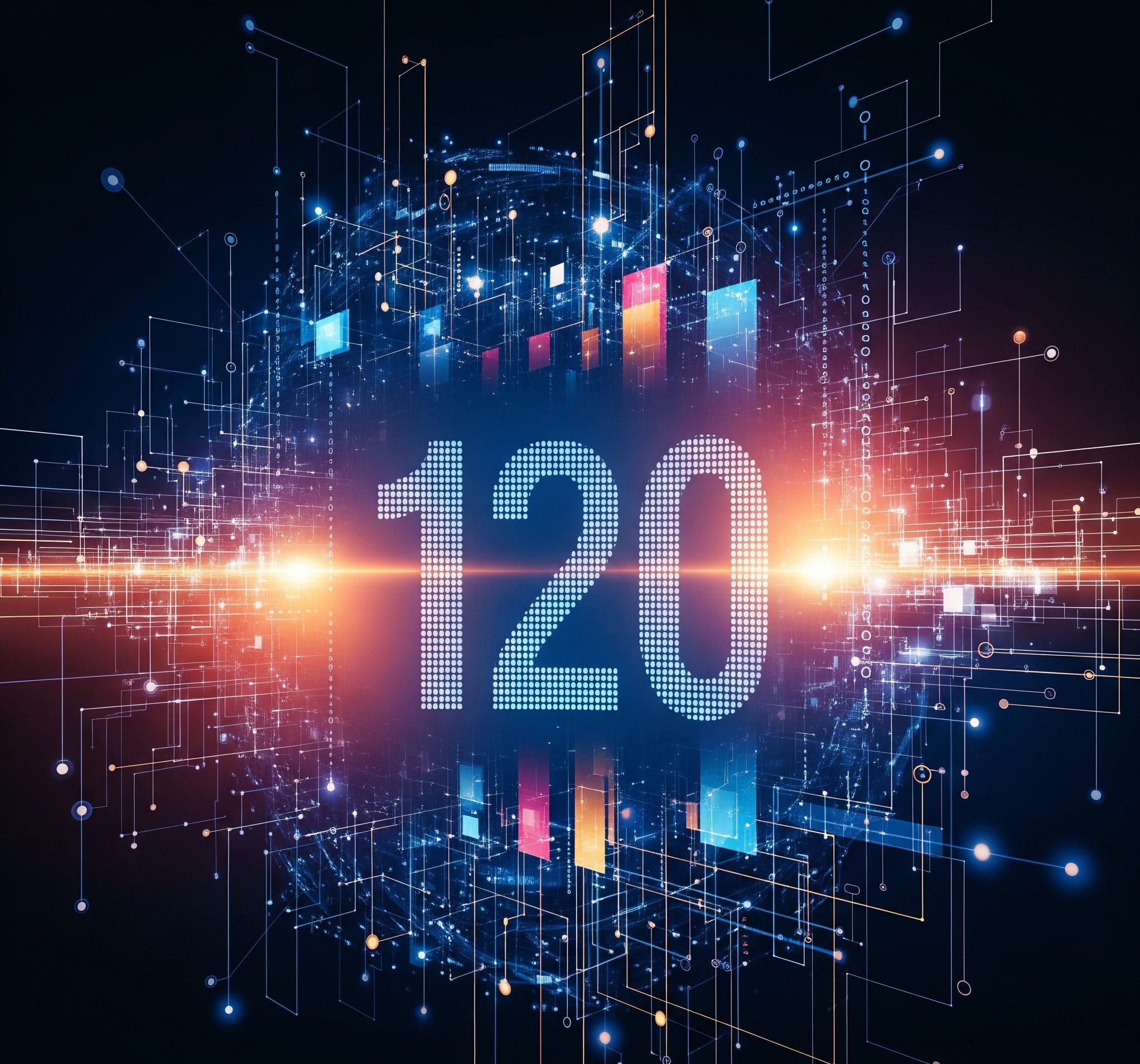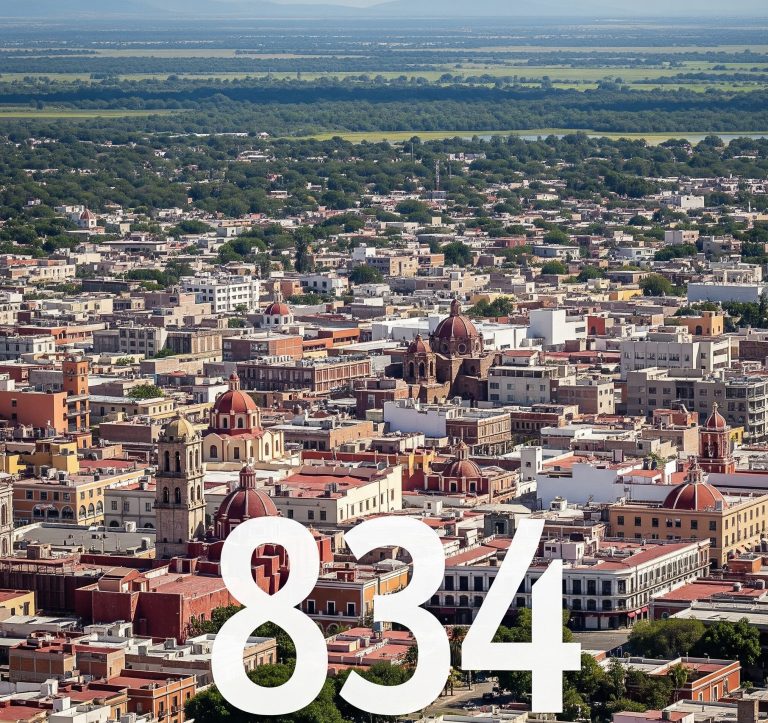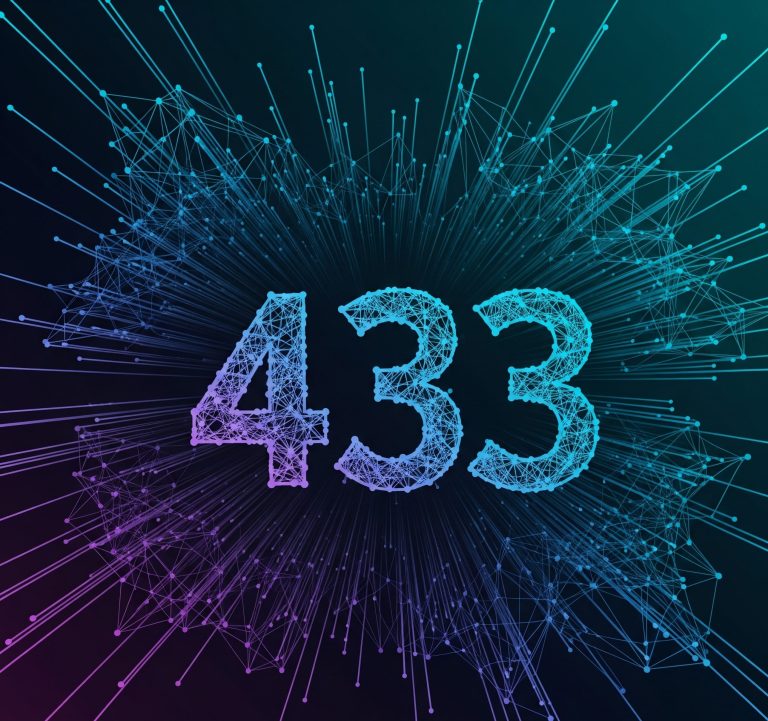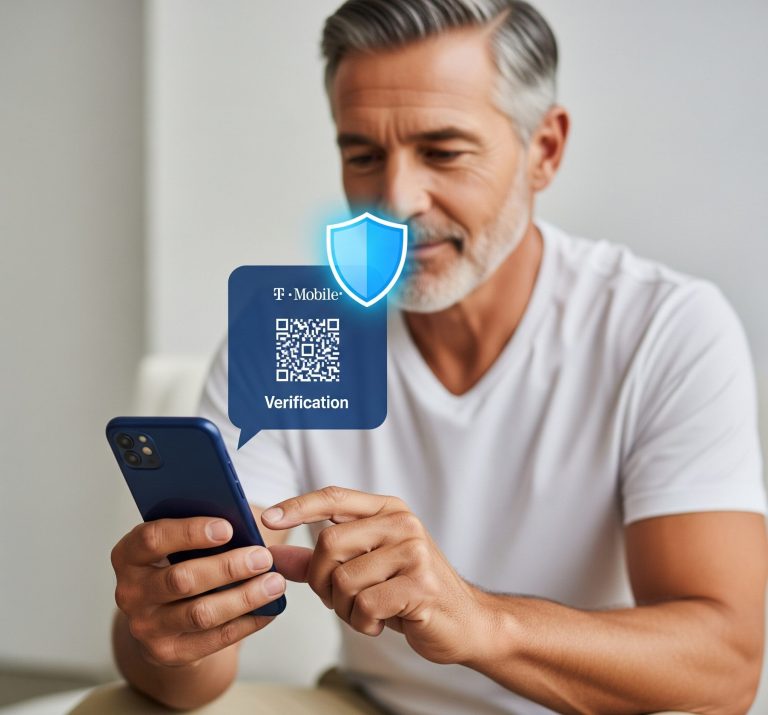In the vast and ever-expanding landscape of American telecommunications, we’ve grown accustomed to the familiar three-digit area codes that connect us to bustling cities and quiet towns across the nation. From the iconic 212 of New York City to the sun-soaked 310 of Los Angeles, these codes are an integral part of our digital identity. But what about the elusive area code 120? You may have seen it pop up in a search history, a missed call log, or perhaps heard it mentioned in passing, sparking curiosity. The truth, however, is simpler and more intriguing than you might imagine: there is no area code 120 in the United States.
This revelation might come as a surprise, especially in an era where new area codes are periodically introduced to meet the growing demand for phone numbers. The absence of area code 120 from the North American Numbering Plan (NANP), the system that governs telephone numbers in the United States, Canada, and parts of the Caribbean, raises a number of questions. Why is this specific number combination unassigned? And why are people searching for it? This article will delve into the fascinating world of area codes to demystify the story behind the non-existent area code 120.
Contents
Understanding the North American Numbering Plan (NANP)
To comprehend why area code 120 doesn’t exist in the U.S., it’s essential to have a basic understanding of how area codes are structured and assigned. The NANP was established by AT&T in 1947 to simplify and standardize long-distance dialing. The system is administered by the Federal Communications Commission (FCC) and managed by the North American Numbering Plan Administrator (NANPA).
The original area code system had a specific set of rules. The first digit could be any number from 2 to 9, the second digit was always a 0 or a 1, and the third digit could be any number from 0 to 9. This is why early area codes often had a 0 or 1 as the middle digit. However, as the demand for phone numbers skyrocketed with the advent of fax machines, pagers, and eventually mobile phones, this system became too restrictive.
In 1995, the rules were relaxed to allow any digit from 2 to 9 as the second digit, opening up a vast new pool of potential area code combinations. This is why you now see area codes with a variety of middle numbers.
The Case of the Unassigned: Why “120” Remains Off the Map
The North American Numbering Plan Administrator (NANPA) is responsible for assigning new area codes. The process is meticulous and driven by the need to prevent the exhaustion of available phone numbers in a particular region. When a geographic area is close to running out of seven-digit phone numbers within its existing area code, a new one is introduced, either through a “split” (where the geographic area is divided into two separate area code regions) or an “overlay” (where a new area code is assigned to the same geographic area as an existing one).
So, why has area code 120 never been put into service in the United States? The primary reason is that there hasn’t been a need for it yet. The pool of available area codes is still substantial, and NANPA assigns them based on projected needs. Certain number combinations are also held in reserve or are designated as “easily recognizable codes” (ERCs) that are reserved for specific purposes. For example, area codes like 800, 888, and 877 are reserved for toll-free numbers.
While the specific reasons for area code 120 remaining unassigned are not publicly detailed, it falls into the category of codes that have not yet been deemed necessary for activation within the North American Numbering Plan.
Global Connections and Potential for Confusion
While area code 120 is not in use in the United States, it’s important to remember that the world of telecommunications extends far beyond our borders. In some countries, “120” or similar number sequences may be used as part of their domestic or international dialing codes. For instance, in India, the area code for the cities of Ghaziabad and Noida in the state of Uttar Pradesh is 120.
This can sometimes lead to confusion for an American audience. A call from an international number that happens to include “120” might be mistaken for a domestic call. It’s always a good practice to be mindful of the full number, including the country code (which is “+1” for the United States), when identifying the origin of a call.

“Area Code 120” and the Specter of Scams
The ambiguity surrounding a non-existent area code like area code 120 can unfortunately be exploited by scammers. Unscrupulous individuals may use spoofing technology to make it appear as though a call is coming from a legitimate-looking but non-existent area code. This can be a tactic to trick people into answering calls they might otherwise ignore.
One common scam involves a “one-ring” call from an unfamiliar number. The scammer hangs up after one ring, prompting the recipient to call back out of curiosity. If the number is a premium-rate number, the victim can be charged exorbitant fees for the call. While area code 120 itself isn’t a premium-rate number within the U.S. (as it doesn’t exist), the principle of being cautious with unfamiliar numbers remains the same.
The Federal Communications Commission (FCC) regularly issues warnings about such scams and advises consumers to be wary of calls from numbers they do not recognize, especially those that seem unusual or are from unassigned area codes.
The Future of Area Codes
As our world becomes increasingly connected, the demand for new phone numbers will only continue to grow. The Internet of Things (IoT), with its billions of connected devices, will place further strain on the existing numbering resources. In the coming years, it’s likely that we will see the activation of many of the currently unassigned area codes.
Could area code 120 one day find a home on the map of the United States? It’s certainly a possibility. As existing area codes reach their capacity, NANPA will delve into its pool of reserved numbers to meet the demand. When and where area code 120 might be implemented is purely speculative at this point and would depend on the specific needs of a growing metropolitan area or region.
Conclusion: A Number of Intrigue
The story of area code 120 is a fascinating glimpse into the intricate and often overlooked world of telecommunications. Its absence from the U.S. telephone network is not an oversight but a reflection of the structured and forward-thinking approach of the North American Numbering Plan. While it may not connect you to a specific city or state, the curiosity surrounding this non-existent code serves as a valuable reminder of the complex systems that underpin our daily communication.
For the American audience, the key takeaway is that while you won’t be receiving any legitimate calls from an area code 120 within the United States, the digital world is a global one. Always be vigilant about the numbers you dial and the calls you answer. The mystery of area code 120 may be solved, but the need for digital literacy and a healthy dose of skepticism remains as important as ever.







